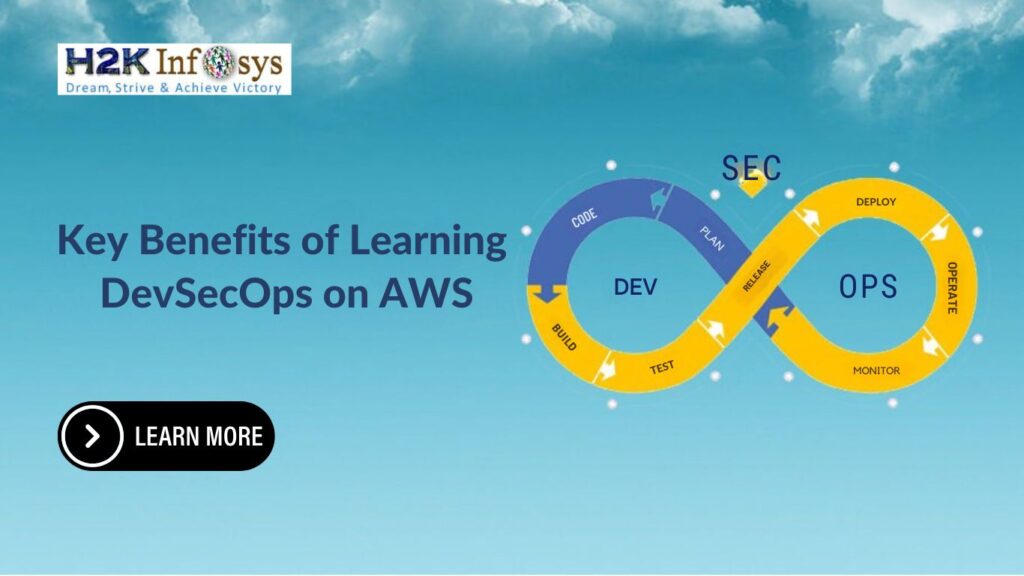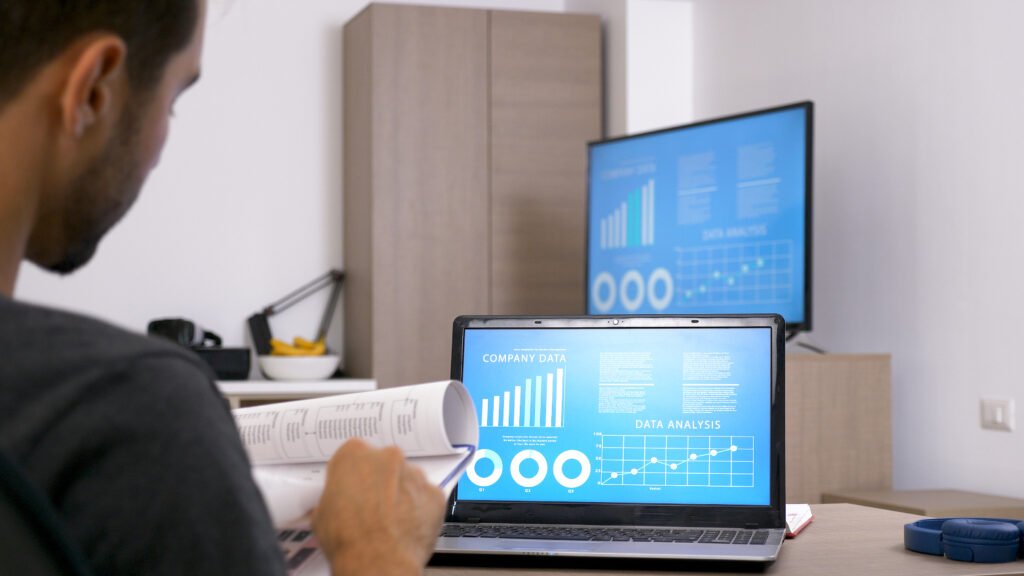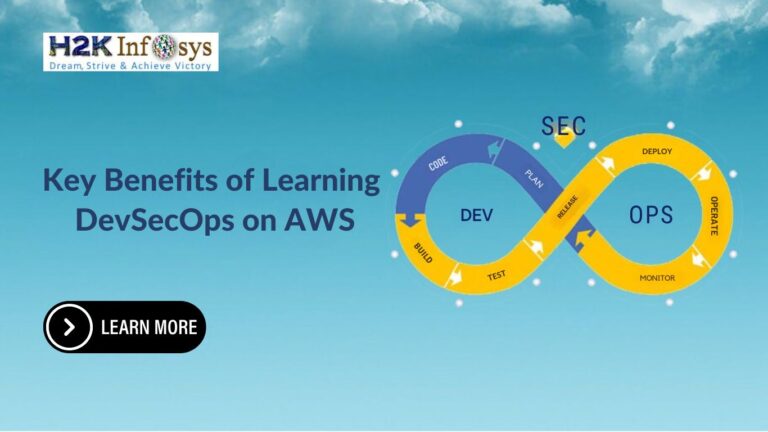In order to closely monitor performance and forecast trends and results, businesses must provide extensive reports and data visualisations.
Companies have long turned to business intelligence software tools like Tableau when they need to create reports and visualise data. You can check out our Tableau developer training to learn more about Tableau.
On the other hand, Google released Google Data Studio in 2016. With the help of this new tool, Google users can now create reports that include data visualisations and share them with various customers.
In the reporting and data visualisation space, Tableau is a formidable rival, but Google is known for producing high-quality solutions.
A brief introduction to Tableau and Google Data Studio
Salesforce currently owns the award-winning business intelligence platform Tableau. Users can access corporate data and generate interactive data visual reports from it with this BI software. These graphic reports can be shared and analysed by users.
Google offers a free reporting tool called Google Data Studio. Users can use it to construct dashboards that they can share with other people. Other Google products for analysis can be combined with Google Data Studio.
Feature comparison of Tableau vs. Google Data Studio
1.Creating dashboards
Users can create dashboards much more easily with Tableau. Dashboards can be easily customised and modified by users thanks to the drag-and-drop feature. It is possible to publish and distribute these dashboards to other organisation members.
Dashboard creation is made possible for non-programmers via Google Data Studio. This reporting technology also allows automated data dashboards to be shared across members of an organisation.
2.Collaboration
With Tableau dashboards, users can easily and securely collaborate with other members of the organisation and exchange information. Report creators can select who can access, edit, and remove the visualisations using the security settings provided by the collaboration tools.
Similar to other Google products like Google Sheets, Google Data Studio operates. Members of the team can cooperate while working on dashboards at the same time. Real-time saving of changes is possible during collaboration. To control who can read or modify access to each report, the software also offers user permissions.
3.Data visualisation
The ability to visualise data is one of Tableau’s top features, according to its users. Tableau makes it easy to create interactive data visualisations with its drag-and-drop feature. Tableau’s data visualisation function helps to simplify even complex data.
Google Data Studio also allows for the creation of customizable graphs and charts. This data visualisation allows users to alter logos, colours, and images. Viewers can also select what they would like to see on a report.
4.Mobile access
Tableau Mobile is a companion mobile app that comes with Tableau, enabling mobile device access to the BI software. You may view all of the reports and embedded analytics tools on mobile devices as well.
Google Data Studio allows for the creation of mobile-friendly reports. As long as the device has a web browser, it can also be used to access and examine these reports. Users must, however, create reports using a desktop computer or online browser.
5.Data analysis
With careful data analysis, Tableau enables companies to assess how their operations are performing. The company may identify trends and make educated guesses about potential outcomes by utilising Tableau’s data analytics.
To assess a company’s online performance, Google Data Studio can be expanded to include Google Analytics. Tableau provides these functions directly in the UI, whereas Google Data Studio requires users to clean and segment their data before importing it into Data Studio.
6.Data sources and integration possibilities
Tableau can be integrated with cloud-based data sources through native connectors or the Tableau API. Some Google Suite tools, such as Google Analytics, Google Cloud SQL, and Google BigQuery, are also integrated with Tableau.
You can anticipate that Google Data Studio can be integrated with all Google products, given that it is a Google product. Additionally, you can link more than 150 partner apps and upload CSV files.
Additional factors that you can consider
Tableau provides more built-in business intelligence features than Google Data Studios, so you might want to take that into consideration before committing to a data visualisation platform for your organisation.
Tableau, for instance, enables users to view different data sources in a single graphic and permits courteous data joining. Google Data Studios lacks data blending features; Tableau does. In comparison to Google Data Studios, Tableau also provides more computation options.
Compared to Google Data Studios, Tableau’s community is considerably more responsive because it has been in the market for longer. Asking Tableau users for assistance might be simpler than asking Google Data Studios users for assistance.
However, compared to Tableau, Google Data Studio had fewer features when it was first released. It restricted the amount of reports that could be generated. At that time, not every Google user had access to Google Data Studio. These days, Google Data Studios is far more advanced and includes several features that are comparable to those of BI software providers like Tableau.
For the time being, Tableau looks like the better option, but Google Data Studios can easily add more tools to match Tableau’s capabilities.
Conclusion The capabilities that are essential for a trustworthy reporting and data visualisation tool are included in both Tableau and Google Data Studios. The extent of these capacities is the main difference. Check out our online Tableau course if you want to learn tableau certification classes.






























